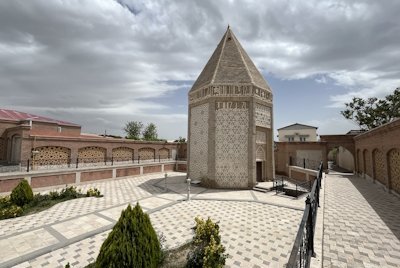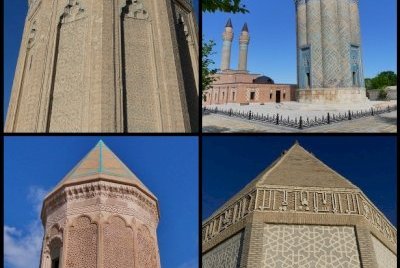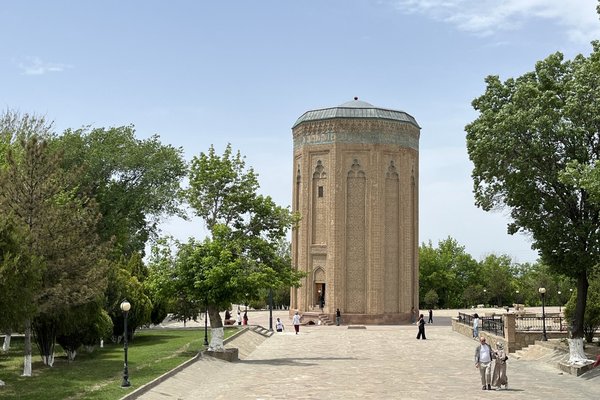Azerbaijan
The mausoleum of Nakhichevan
Site Info
Official Information
- Full Name
- The mausoleum of Nakhichevan (ID: 1173)
- Country
- Azerbaijan
- Status
-
On tentative list 1998
Site history
History of The mausoleum of Nakhichevan
- 1998: Added to Tentative List
- Added to tentative list
- Type
- Cultural
- Criteria
Links
- UNESCO
- whc.unesco.org
All Links
UNESCO.org
- whc.unesco.org — whc.unesco.org
Community Information
- Community Category
- Secular structure: Burial
Travel Information
Recent Connections
News
No news.
Community Reviews
Show full reviews
This TWHS is a good excuse to visit the Azeri exclave of Nakhichevan. Its peculiar geographical location may also improve its chances of ever getting nominated to a WHS, as (a) it substantiates Azerbaijan’s territorial claim, and (b) the Great Leader (the Father) Heydar Aliyev was born in Nakhichevan. They’d need to do something about their proposition, though, as the Tentative Site Description is poorly written and even the site name makes no sense (it should be plural).
Getting to Nakhichevan from mainland Azerbaijan nowadays is only possible by flight, as since COVID, all land borders have been closed (before 2020, entry via Turkey or Iran was possible; the border with Armenia has been closed for over 30 years). The flights, there are 6-8 daily, leave from Baku’s domestic terminal, which lies next to the international one. Tickets can be booked via the Azal website – guidance in English is a bit confusing, especially about check-in, but just show up 1-2 hours before departure to get your boarding pass. My return trip cost 132 EUR.
I did it as a day trip, leaving on a morning flight and returning in the evening. If you take the earliest flight, you can cover most of the exclave by taxi or rental car. I left a bit later and limited myself to Nakhichevan City. I walked between the sights, including two of the mausoleum locations: 6km.
The airport taxi dropped me off at the city’s highlight: the Momine Khatun Mausoleum. …
Keep reading 0 comments
I visited all 4 locations of this tWHS in 2023. Nakhchivan is a landlocked exclave and autonomous region of Azerbaijan and only reachable by a cheap plane from Baku Domestic Airport Terminal (if you're already visiting Azerbaijan's mainland), as the road border with Armenia is closed.
Car rental is a bit dodgy as there aren't any international companies, so make sure you bring cash (to avoid surprises on your credit card) and report any damages before signing any contract or giving back the keys. However, once you manage to get a car, driving here is a treat compared to Azerbaijan mainland as there's quite a lot of ground to cover and very little traffic, if any, quite a welcome break coming from Baku. The mausolea of Nakhchivan are practically scattered in 3 main locations: one main location is Nakhchivan city proper, just around 10 minutes from the airport, where the Momine Khatun Mausoleum is the central attraction of a public park, while the Yusif ibn Kuseyir Mausoleum lies in the middle of a very small residential area, some 10-15 mins away on foot; the other 2 locations, Qarabaghlar Mausoleum and Gulustan Mausoleum are in completely opposite directions, to the north and south of Nakhchivan city along the E001 highway. All 4 mausolea are doable as a pleasant day trip and can also be combined with a visit to Nakhchivan's other tWHS in Ordubad (more on that in a separate review). All visits are free of charge.
The Momine …
Keep reading 0 comments
